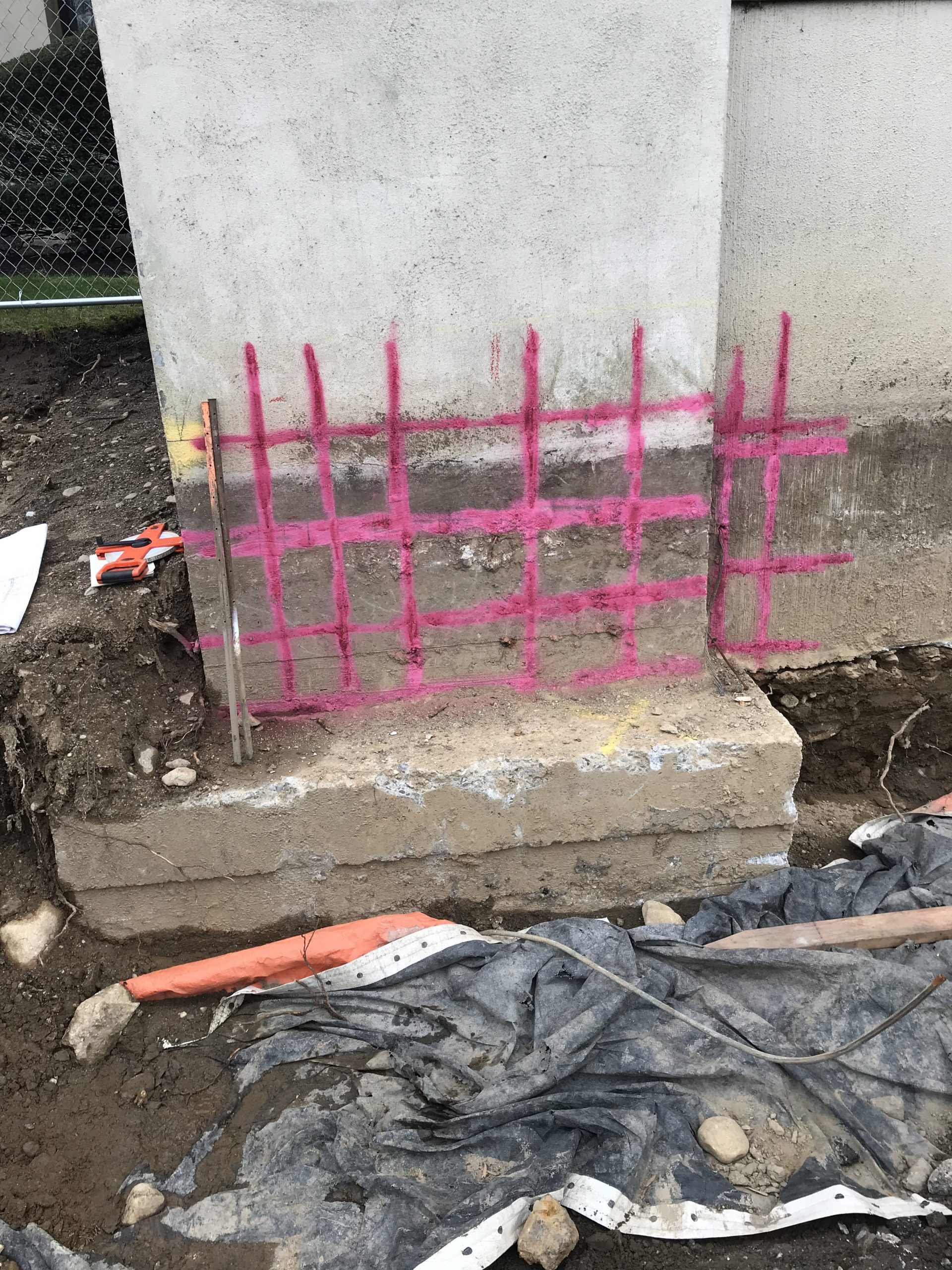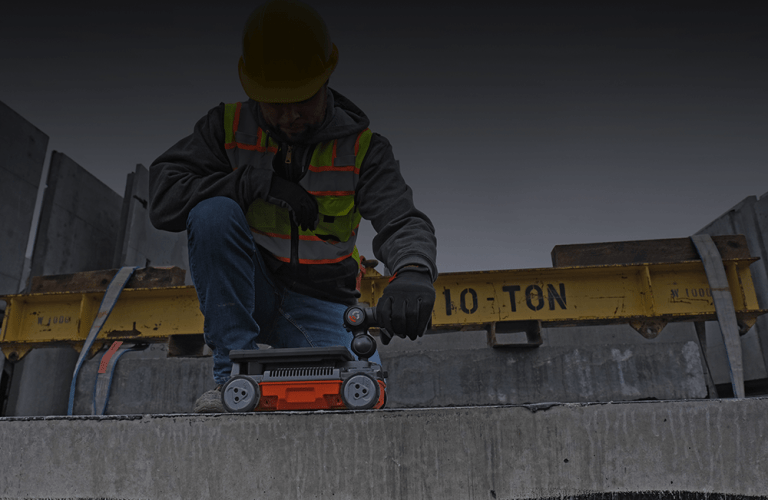RainierGPR Service Areas: Leading Concrete Scanning Solutions Across Regions
RainierGPR Service Areas: Leading Concrete Scanning Solutions Across Regions
Blog Article
Concrete Scanning: A Crucial Action In The Direction Of Making Certain Architectural Integrity and Security
In the realm of building and construction and framework upkeep, the significance of concrete scanning can not be overemphasized. By using sophisticated modern technology and methodologies, concrete scanning offers as a critical device in guaranteeing that the stability and security of structures and bridges are maintained to the highest possible requirements.
Relevance of Concrete Scanning
Concrete scanning plays a vital function in making sure the architectural honesty and safety and security of structures and infrastructure tasks. By using innovative modern technologies such as ground-penetrating radar (GPR) and electromagnetic induction, specialists can non-destructively examine concrete frameworks to identify potential flaws, voids, embedded things, and support layout. This procedure allows early discovery of anomalies that could endanger the security of a structure, avoiding pricey problems and making certain the safety of residents.
Prior to boring, cutting, or coring into concrete, scanning assists determine the precise areas of rebar, post-tension cords, and other embedded aspects, decreasing the risk of unintended hits that can lead to architectural weak points. In addition, concrete scanning help in high quality control by confirming the density of concrete covers and spotting any discrepancies that may influence the general durability of the framework.
Technology for Concrete Inspection

Advantages of Very Early Detection
Timely discovery of architectural concerns can dramatically reduce threats and make sure the long life of building and construction tasks. By recognizing possible issues beforehand in the building procedure, stakeholders can take aggressive procedures to resolve concerns prior to they rise into bigger and much more expensive troubles. Among the vital benefits of very early detection is the avoidance of structural failings, which can present severe safety dangers and bring about job delays and financial losses.
Additionally, early discovery permits prompt repair work and maintenance, which can aid prolong the life expectancy of the framework. By resolving concerns quickly, building and construction groups can avoid costly repair work or even the requirement for premature substitute of structural parts. This proactive method not just saves money and time however likewise enhances the general security and toughness of the building and construction project.
In addition, very early detection can boost task preparation and decision-making by supplying stakeholders with beneficial understandings into the condition of the framework. Armed with this details, task managers can make educated selections pertaining check here to construction timelines, approaches, and materials, bring about more successful and efficient project end results.
Guaranteeing Architectural Security
Guaranteeing the architectural security of a building task is vital to its security and longevity. Concrete scanning plays a crucial role in making sure architectural security by detecting potential problems such as voids, delamination, or reinforcement deterioration that could jeopardize the honesty of the framework over time.
By making use see here of sophisticated scanning modern technologies like ground-penetrating radar (GPR) and electromagnetic induction, construction professionals can non-invasively check concrete frameworks to determine locations of worry beneath the surface. This positive technique permits the very early detection of defects or weak points, making it possible for punctual repairs or support to avoid structural failings.
Regular concrete scanning throughout various construction stages and throughout the life cycle of a framework can aid keep its stability, alleviate risks, and make certain the security of owners. By prioritizing structural security with concrete scanning, construction tasks can enhance their resilience and longevity, eventually contributing to greater safety and security and durability.

Stopping Essential Failures
To secure against catastrophic occasions, careful surveillance and positive upkeep are imperative in averting important failings within architectural frameworks. Identifying possible concerns before they intensify is vital to stop architectural failings. Implementing routine inspections, such as concrete scanning, can expose hidden issues like spaces, cracks, or corrosion that might endanger the integrity of a structure. By utilizing advanced scanning technologies like Ground Passing through Radar (GPR) or Concrete X-ray, designers can non-destructively assess the condition of concrete and recognize powerlessness that call for reinforcement or fixing - RainierGPR Service Areas.

Final Thought
Finally, concrete scanning plays a critical duty in making sure architectural integrity and security by using advanced innovation for very early discovery of potential problems. This proactive technique aids prevent crucial failures and guarantees the stability of structures. It is important to focus on concrete assessment as a common practice to safeguard the durability and safety and security of structures and framework.
Concrete scanning plays a vital role in ensuring the architectural integrity and safety of buildings and infrastructure tasks. In addition, concrete scanning help in quality control by confirming the thickness of concrete covers and spotting any inconsistencies that may impact the total toughness of the structure. Concrete scanning plays an important function in guaranteeing architectural stability by identifying potential concerns such as spaces, delamination, or reinforcement rust that can compromise the stability of the structure over time.

In conclusion, concrete scanning plays a critical duty in making sure architectural honesty and security by using advanced technology for early discovery of possible issues.
Report this page